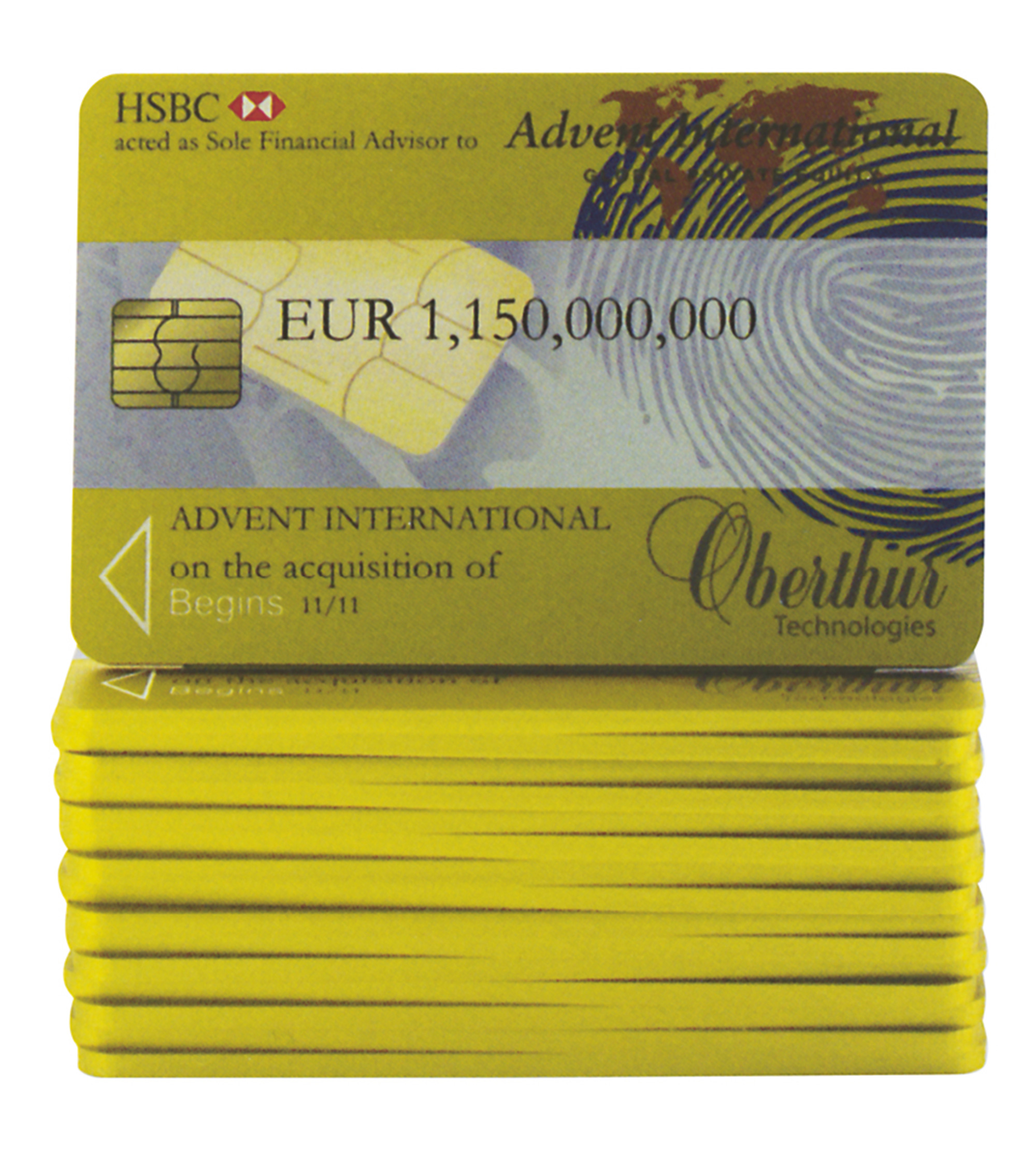Tombstones and Toys
The artifact of the deal
D. Graham Burnett

Large financial transactions of the sort handled by the major investment banks—public offerings of stocks or bonds, corporate mergers and acquisitions, etc.—are customarily celebrated by the principals and their entourages at more-or-less lavish “closing dinners.” Generally hosted by the agents who have brokered the deal (nearly always the investment bankers themselves), these gatherings are familiar and ritualized occasions in the upper echelons of global finance. It is effectively unknown that such a dinner should end without the distribution—sometimes solemn and speechified, at others bright with ribald bonhomie—of small gifts, generally in the form of what has come to be called a “deal toy.”
The presentation of these sculptural objects, usually made of Lucite and seldom larger than a grapefruit, marks the symbolic close of the deal-making process as a shared episode in the social-professional lives of the lead parties—usually no more than a few dozen individuals (the bankers, CEOs, financial advisors, lawyers, and/or financiers). While the specific appearance of these commemorative articles varies widely and has changed through time, several general observations may be made. First, deal toys nearly always display the names of the relevant firms and the value of the transaction as a whole. Second, deal toys are very often customized to express aspects of the deal itself—an automotive company stock issue might be memorialized with little plastic cars; the Facebook IPO deal toy looks like a Facebook page; more elaborate works (a mini-foosball table, a plastic fish that sings the terms of a large cannery deal) epitomize the genre. Third, deal toys are almost uniquely commissioned and conceptualized by the banker-brokers in question, who tend to play a quite active role in their design.
Deal toys are, without question (and as the name implies), trinkets. They are gewgaws, knickknacks. They are, with few exceptions, made of plastic. They are relatively inexpensive, seldom costing more than $100 a piece to realize. They have no resale value whatsoever. Even the most stately of them (and plenty of them are not stately at all) might be described as silly, and the properly silly ones can range all the way over to sophomoric. And yet it is worth meditating on the following fact: in 2013, the total face value of the deal toys issued globally—which is to say, the value of the financial deals memorialized by these objects in that twelve-month period—was probably just shy of three trillion US dollars. This is a very large sum of money, larger than the GDP of all but the four most powerful economies in the world (the US, China, Japan, and Germany).